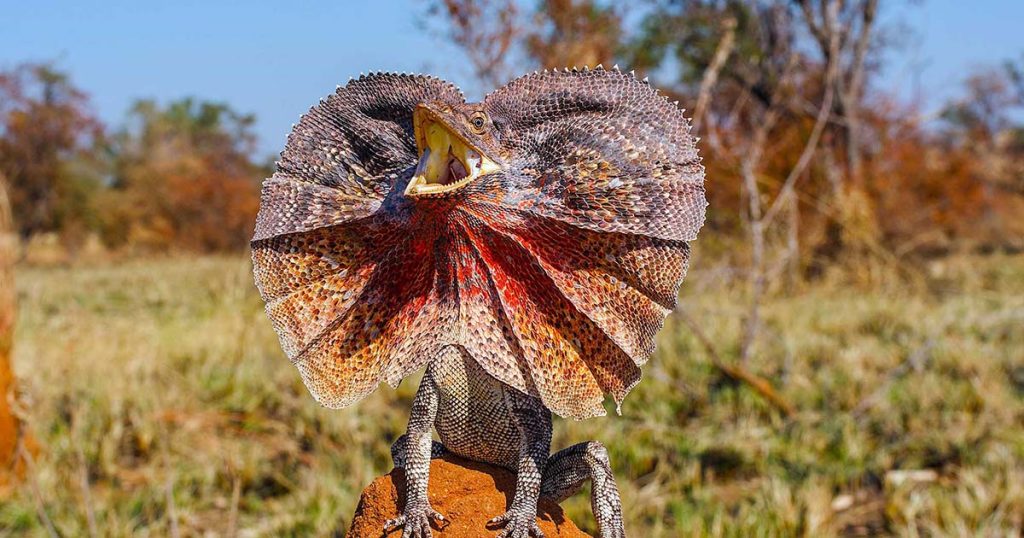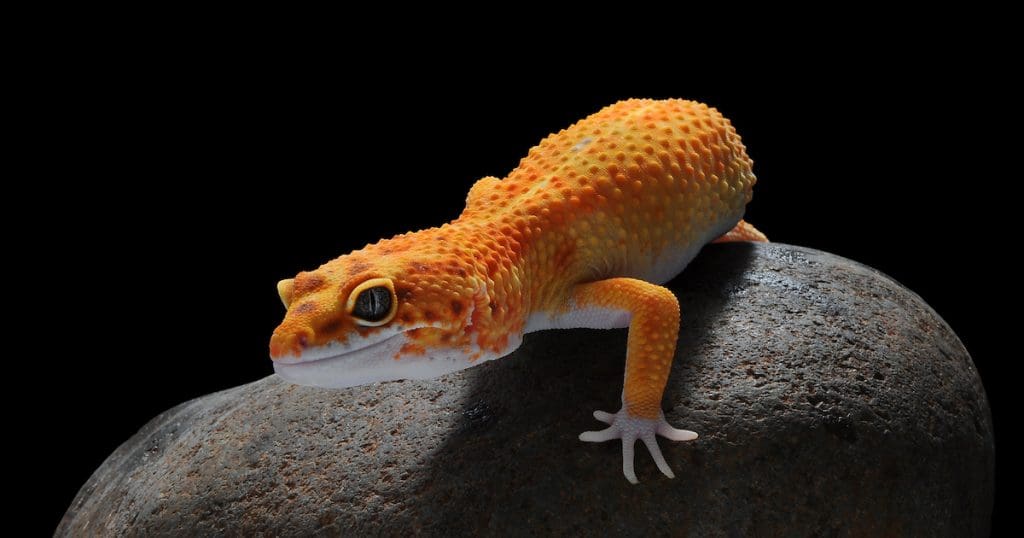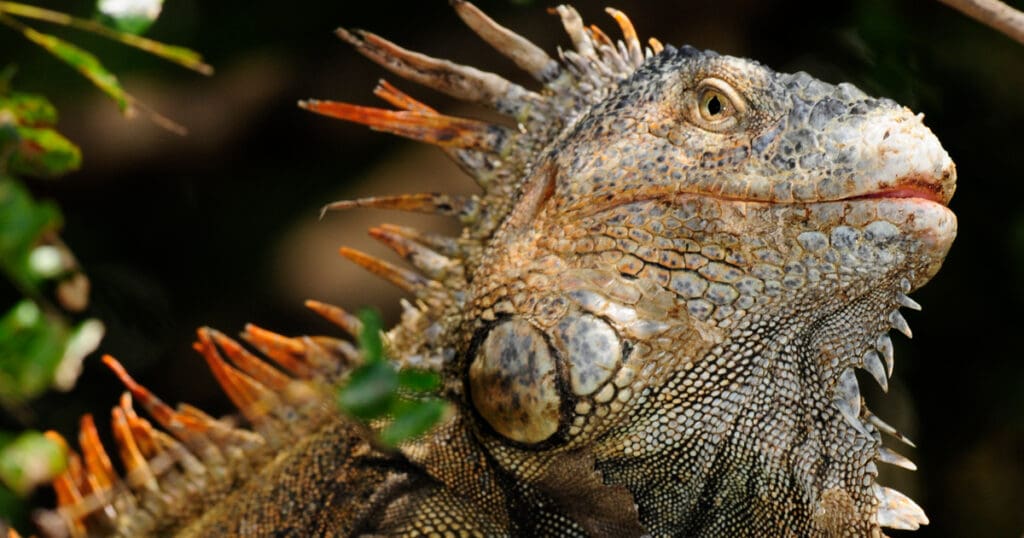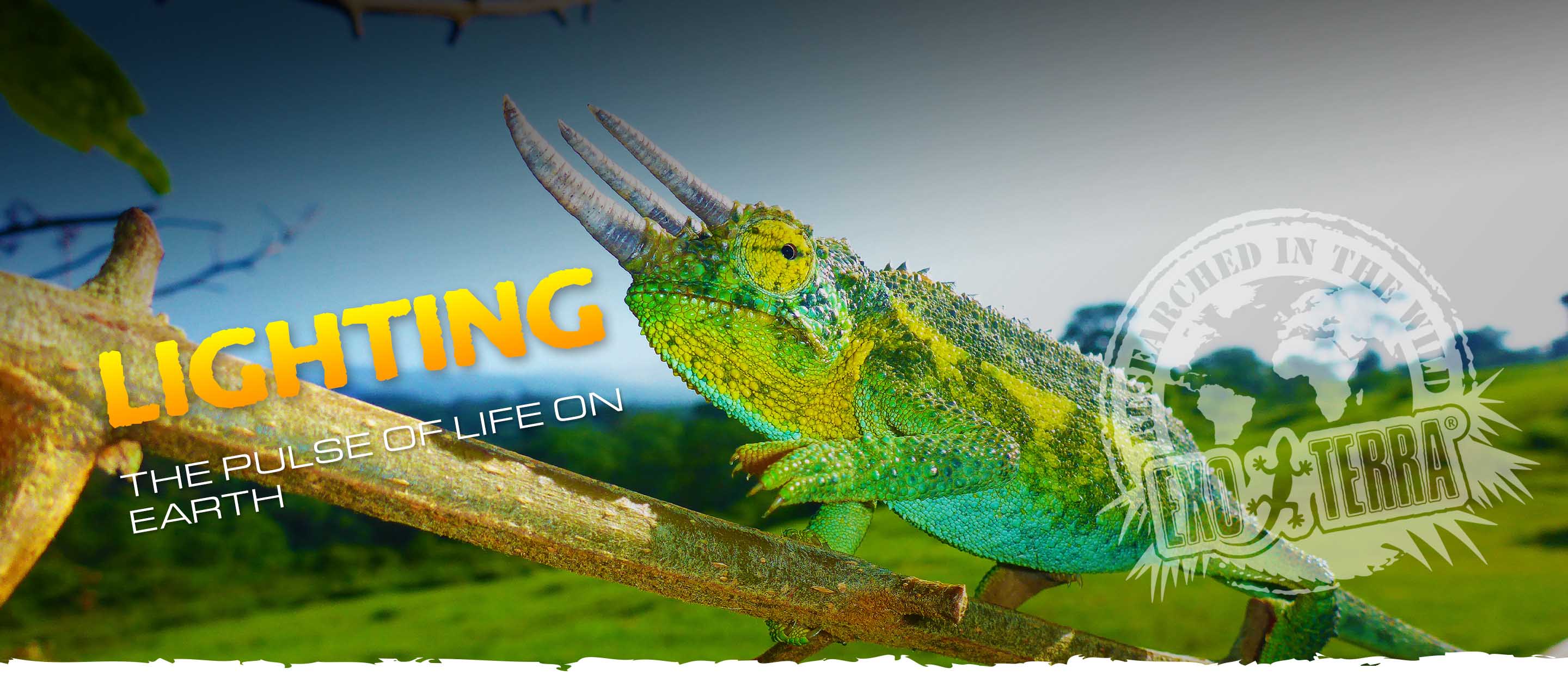
What is Light?
Emmanuel Van Heygen


The sun, with its radiant energy, is the cornerstone of life on Earth. Every square meter at the top of our atmosphere receives about one kilowatt of this energy. This solar embrace drives the myriad processes that sustain life. Without it, Earth would swiftly lose its warmth, plunging all living beings into a chilling void of extinction.
Light, in its essence, is electromagnetic radiation. It’s composed of tiny electromagnetic fields known as photons. These photons come in various energy levels or wavelengths, each expressed in nanometers (nm). Among these, the ones we’re most familiar with fall within the visible spectrum. This is why the sun, for instance, appears yellow to us – its light is most potent at the yellow wavelength.
Yet, the spectrum of light extends beyond what our eyes can perceive. From the potent gamma rays to the familiar X-rays, and then to ultraviolet light, the spectrum is vast. Visible light occupies only a minuscule portion of this spectrum, nestled between ultraviolet and infrared light. Infrared light, often associated with warmth, continues the spectrum down to microwaves and ends with the gentle radio waves. For the purpose of reptile care, our focus narrows down to three crucial components: ultraviolet light, visible light, and infrared light.
Ultraviolet Light
Ultraviolet (UV) light, a high-energy segment just beyond visible light, plays a pivotal role in the well-being and behavior of reptiles. This spectrum is divided into three distinct groups:
- UV-A (320-400 nm): This range is of paramount importance for reptiles and amphibians. UVA affects a myriad of behaviors, from aggression and territorial disputes to mating rituals and communication signals. Exposure to UVA can enhance the natural behavior of these creatures, making them more active and responsive. It also plays a role in the perception of their environment, helping them recognize food, mates, and potential threats.
- UV-B (290-320 nm): UVB is vital for the synthesis of vitamin D3 in reptiles. When their skin absorbs UVB light, it triggers the production of this essential vitamin, which in turn aids in the absorption of calcium, a crucial mineral for bone health and overall vitality. Without adequate UVB exposure, reptiles can suffer from metabolic bone disease, a debilitating condition. For reptile keepers, ensuring the right amount of UVB exposure, mimicking their natural habitat, is crucial for their pet’s health.
- UV-C (180-290 nm): This range, while a part of the natural spectrum, is harmful to all living beings. It’s known for its germicidal properties and is often used in sterilization processes. However, prolonged exposure can lead to cellular damage in living organisms.
Visible Light
Visible light plays a multifaceted role. Beyond enabling vision, it demarcates the rhythm of day and night. Its spectrum spans from 390 to 700 nm. The light our eyes perceive, and its color, hinges on the strength of each wavelength. The Color Rendering Index (CRI) gauges a light source’s ability to illuminate objects compared to natural light. Sunlight, unsurprisingly, boasts a CRI of 100. Today, artificial light sources with a CRI exceeding 95 are deemed full-spectrum lights. They can illuminate objects just as they’d appear under the sun’s gaze. The color temperature, measured in Kelvin (K), further describes the light’s hue. For instance, the average daylight temperature hovers around 5600K. To replicate natural visible light conditions in terrariums, a light source with a high CRI and a color temperature around 6000K is ideal. This ensures vibrant colors in both animals and plants. Moreover, certain wavelengths within the visible spectrum are vital for photosynthesis, the process by which plants convert light into energy.
Infrared Light
For reptiles and amphibians, which are ectothermic or cold-blooded, infrared radiation is essential for thermoregulation. This segment of the spectrum, though invisible, is felt as heat. The sun emits most of its energy in this segment. For diurnal reptiles, the best artificial heat source is overhead radiant sources like incandescent light bulbs, which emit significant infrared light.
Understanding the nuances of these light components, Exo Terra has crafted specialized lighting solutions tailored for reptiles. These creatures, with their distinct metabolic needs, require precise and top-tier lighting. Often, a single light source isn’t enough. A combination becomes essential to cater to their varied requirements. Factors like their activity patterns, natural habitats, and proximity to the light source are pivotal in determining their lighting needs.
The sun is the lifeblood of our planet. Its energy fuels every living organism, driving the intricate dance of life on Earth. Without the sun’s radiant embrace, our world would rapidly lose its vitality, plunging life into darkness and extinction. While the spectrum of light is vast and multifaceted, when it comes to reptile care, three primary components stand out: ultraviolet light, visible light, and infrared light.
Recognizing the critical role of these light facets in reptile husbandry, Exo Terra has pioneered the development of specialized lighting solutions. Reptiles, with their unique metabolic requirements, demand precise and high-quality lighting. A single light source often falls short in catering to their diverse needs. Hence, a blend of different light sources becomes imperative for their well-being.
It’s essential to understand that not all reptiles have identical UVB radiation requirements. Factors such as their activity patterns (nocturnal versus diurnal), their natural habitats (rainforests versus deserts), and even the distance from the light source play pivotal roles in determining their lighting needs.
In the wild, reptiles have evolved to harness the benefits of UV light while protecting themselves from its potential harm. They bask under the sun, absorbing UV rays, and retreat to shaded areas when they’ve had enough. In captivity, replicating this balance is essential. Using specialized lighting that emits the right UV spectrum ensures that reptiles get the benefits of natural sunlight, promoting their health and natural behavior.
Emmanuel Van Heygen
“Reptiles and amphibians require appropriate and high quality lighting in order to meet certain different metabolic needs. As it is almost impossible to accommodate all of these needs in a single light source, a combination of different light sources is required in most cases.”
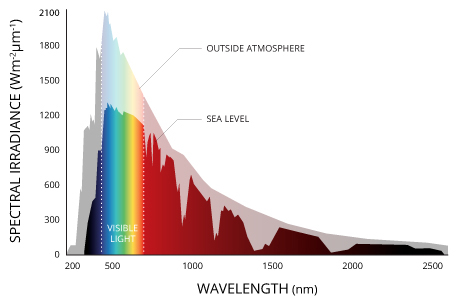

Radiation spectrum of sunlight.
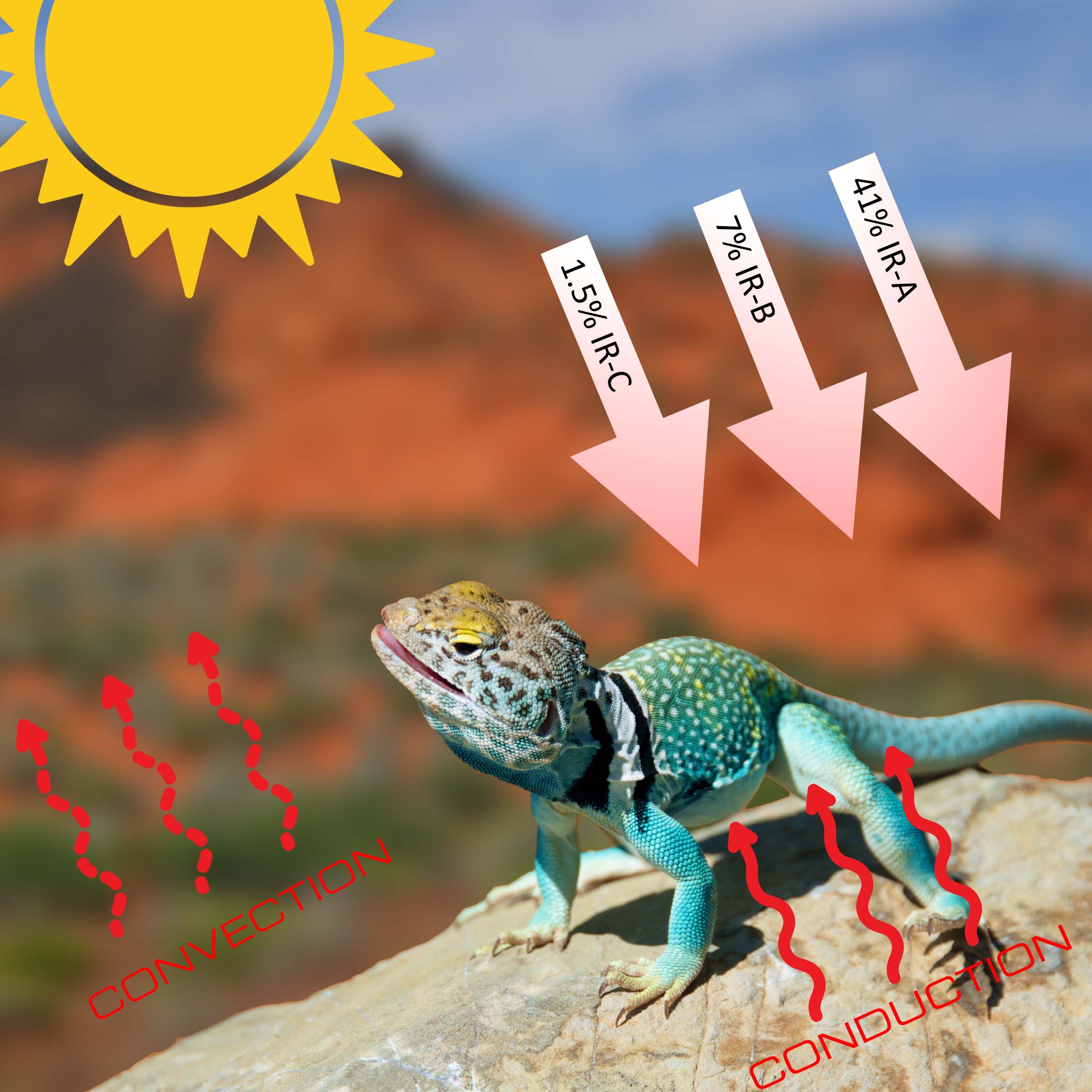

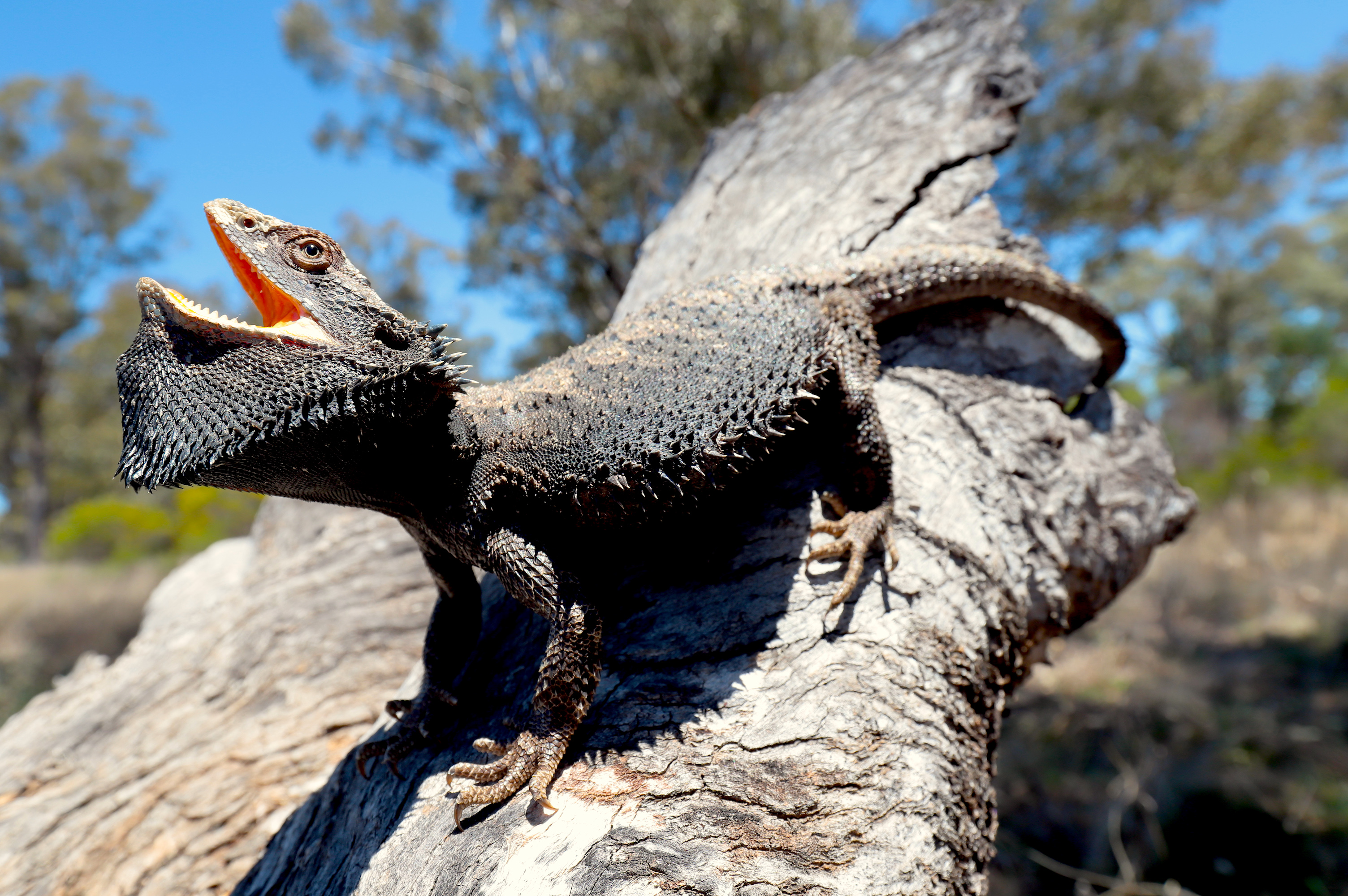

The Adaptive Luminary - The Eastern Bearded Dragon (Pogona barbata) basking in direct sunlight
Lighting Topics
Comprehensive UV Index Table
Reptiles and amphibians inhabit a diverse range of environments, each presenting unique challenges and opportunities for exposure to sunlight. This variation in sunlight exposure is critical for their thermoregulation, natural activities, and especially for many of their physiological and biological processes, including the synthesis of vitamin D3, calcium metabolism, boosting the immune system, and promoting a healthy appetite and digestion.
Sunlight, A Beacon of Life
Sunlight arrives at the top of the earth's atmosphere at a power level of about one kilowatt per square meter. It is by this energy that all life-processes on earth are ultimately driven. Without the sun's constant energy input our planet would quickly radiate away its own energy in short order, making all life extinct.
The Myth of Nocturnal Creatures and UVB Light
The belief that nocturnal animals don't require UVB exposure has been a long-standing one in the world of reptile and amphibian care. The argument, "It’s nocturnal—it doesn’t need UVB," has been a staple for many enthusiasts and breeders. However, recent scientific studies have begun to challenge this age-old notion, shedding light on the importance of UVB for all creatures, regardless of their diurnal patterns.
Understanding Ferguson Zones
The Ferguson Zones were developed in 2010 by Professor Gary Ferguson of the Texas Christian University. Ferguson and his team of herpetologists gathered data of the daily UV exposure of 15 species of reptiles. In the publication that followed, these 15 species were divided into four groups according to their thermoregulatory behaviour (daily sun exposure) and microhabitat preferences: the "Ferguson Zones". The corresponding UV guidelines were based on the average irradiance of randomly encountered wild specimens: Zone 1 with the least, to Zone 4 with the highest exposure.
Vitamin D3 and Reptiles: A Vital Connection
Vitamin D3 plays a vital role in the health and well-being of reptiles, much like it does in other animals. This hormone is integral to mineral metabolism and bone development in reptiles. One of its most significant roles is to enhance calcium absorption from the intestines. Without sufficient vitamin D3, reptiles couldn’t absorb dietary calcium efficiently, which is crucial for their skeletal health and overall well-being.
What is UV-B?
UV-B stands for Ultraviolet B radiation, which is a type of ultraviolet radiation present in sunlight. Ultraviolet or UV light is a high energy portion of the electromagnetic spectrum, just beyond visible light. The UV-spectrum is divided into three wavelength groups.
Stay up on all things exo terra.
"*" indicates required fields

